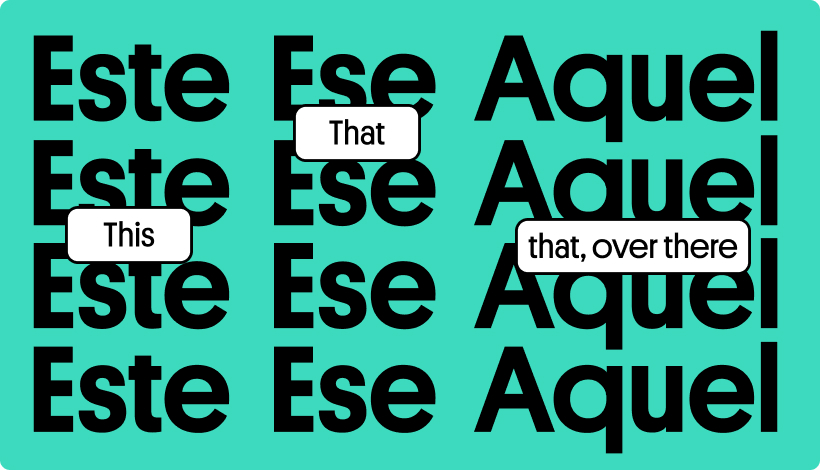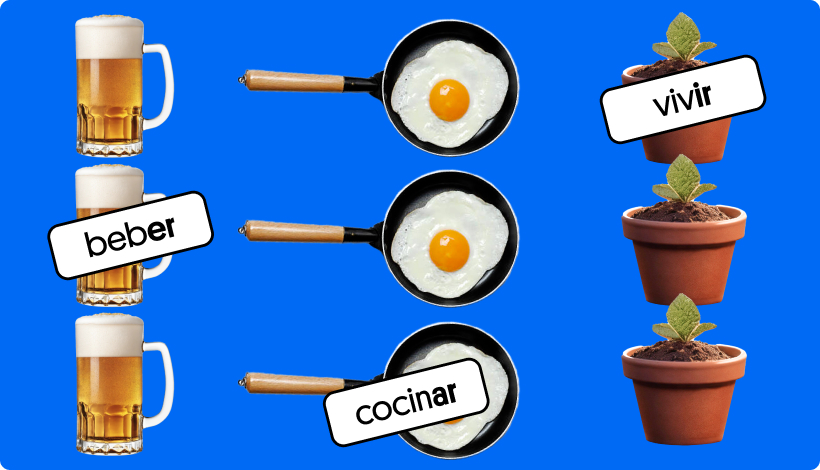
3/21/2024
Unlock the key to effective communication and elevate your language skills with our comprehensive Spanish Grammar Learning platform.
32,000+
Experienced tutors
300,000+
5-star tutor reviews
120+
Subjects taught
180+
Tutor nationalities
4.8
on the App Store

Here are how-to guides for every type of word you'll find when you learn Spanish grammar. Check out the dedicated categories:
A connector is a word that links/connects other words, phrases, or clauses together
Prepositions are single words or groups of words that indicate space or time relationships.
Sentence structure refers to the order in which the elements of a sentence appear.

3/21/2024

3/20/2024

3/17/2024

10/30/2023

10/17/2023

10/17/2023
Research shows that you can learn a language 50% faster with 1-on-1 tutoring.
Top publications love to feature Preply’s approach to language learning





Hazel
5
Aug 3, 2022
Jose is very patient and he makes lessons interesting. He's very encouraging and if you start the lesson feeling nervous, he sets you at ease and gives you the confidence to speak and ask questions. Love my classes with him, and I can't wait to be fluent enough to have a whole conversation with him in Spanish!
Sandeep
4.97
Aug 3, 2022
Angie is a very good tutor. She is very patient and teaches my son in a very good way. My son is getting better in Spanish day by day!
Milan
5
Aug 3, 2022
Renato is a very good teacher. He uses great examples every lesson. He is very passionate about teaching and I always look forward to the next lesson with him.
Bailey
4.96
Aug 3, 2022
She was amazing with my daughter the entire summer. She’s so patient with kids and my daughter learned so much after only 3 months. She’s absolutely amazing.
There’s a lot to learn when it comes to Spanish grammar, but here are 5 basic rules:
You can say el niño (a boy) or un niño, but not just niño.
Unlike in Spanish, you cannot have a singular Spanish adjective paired with a plural noun.